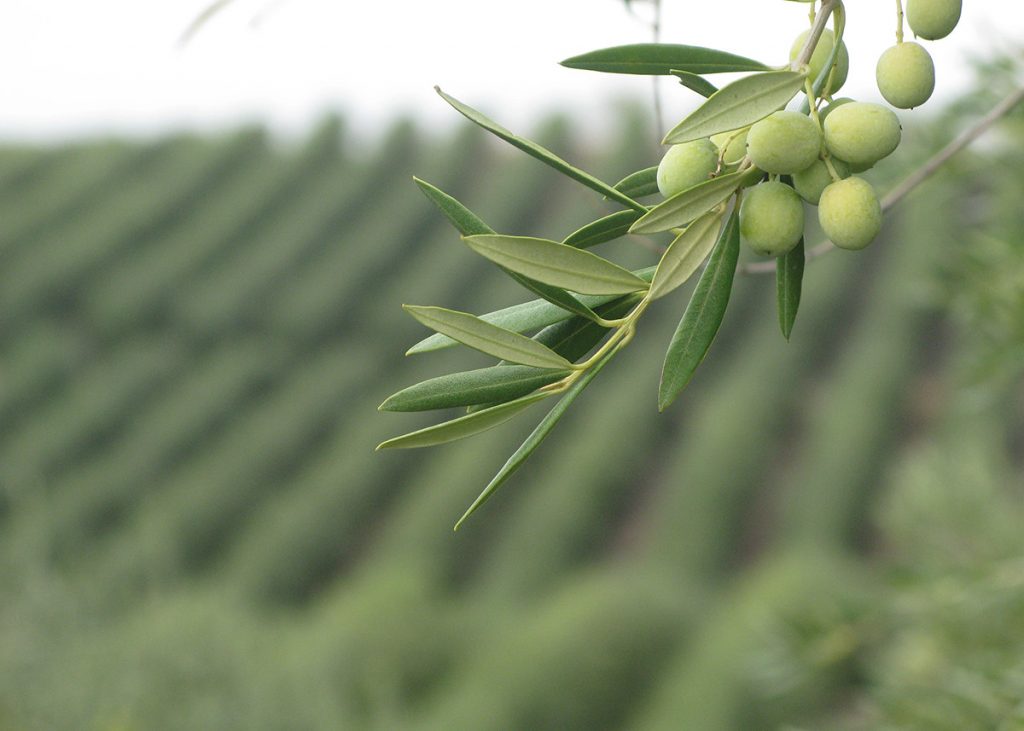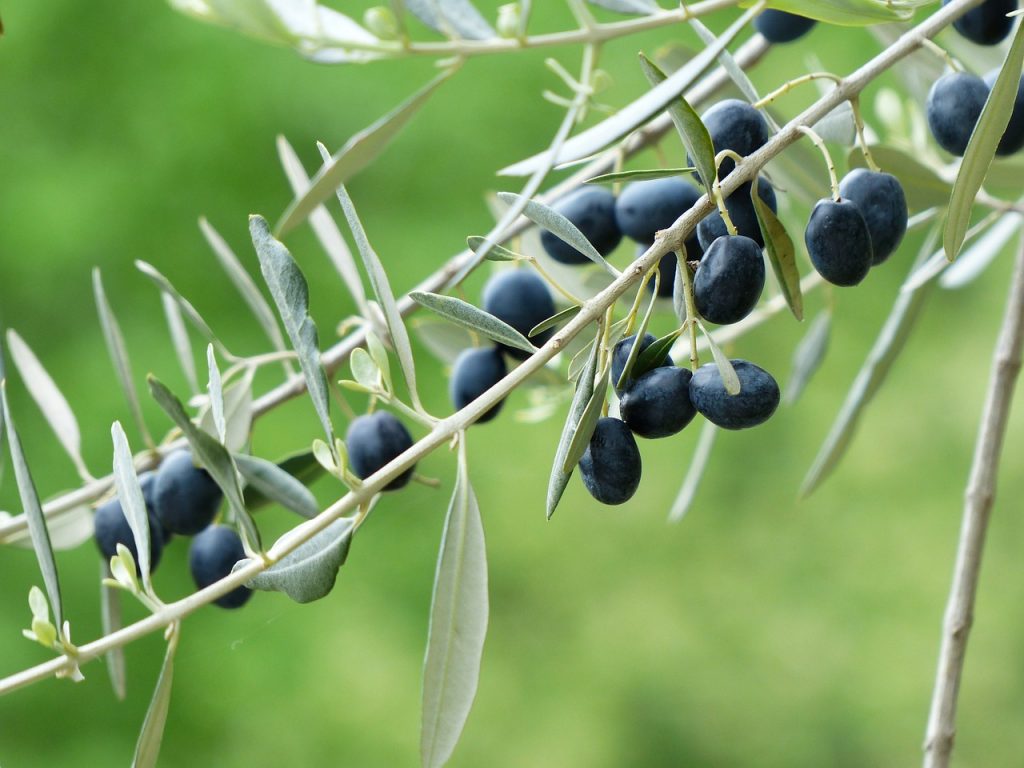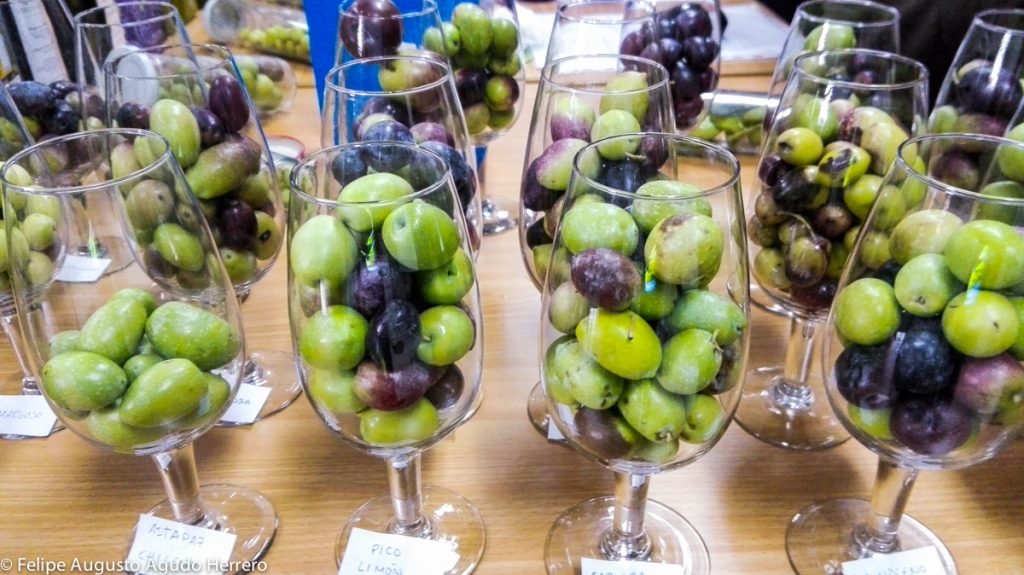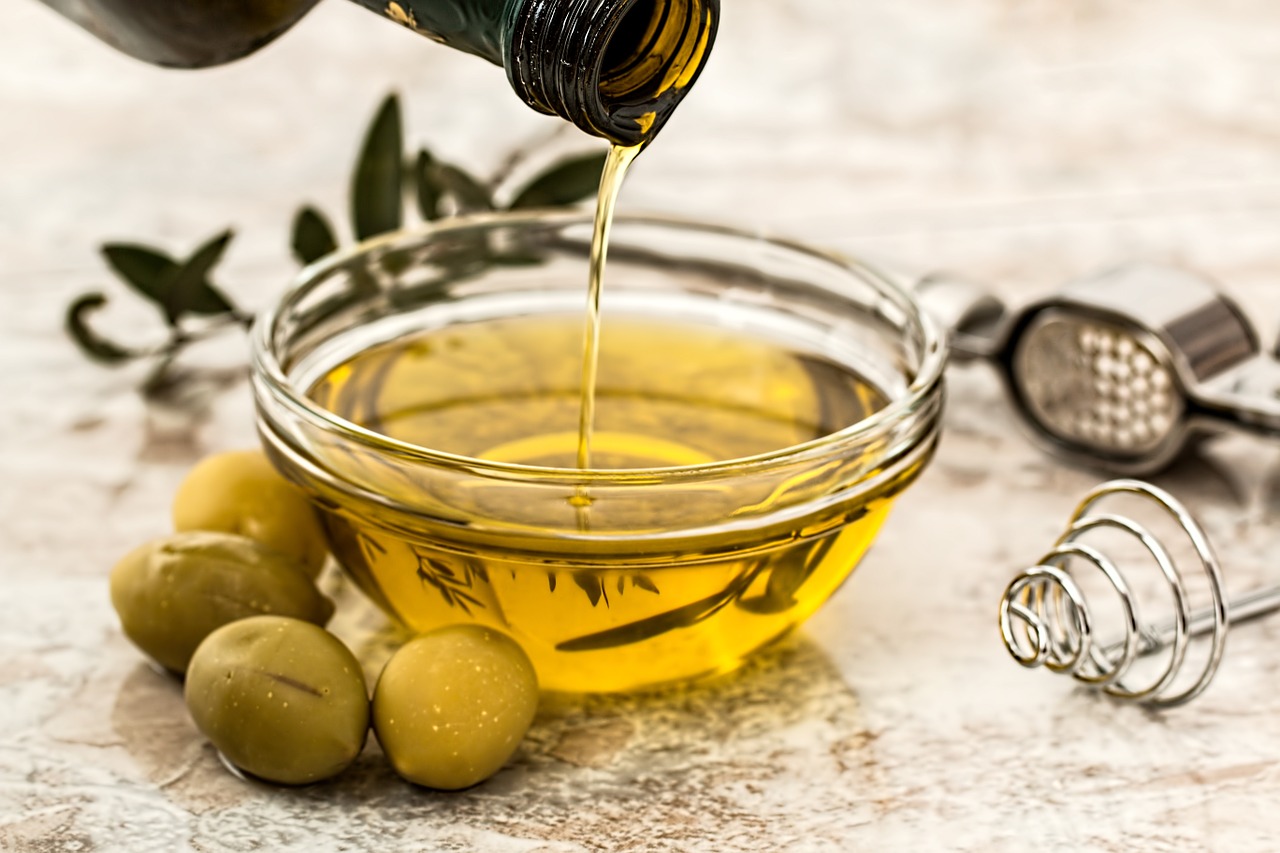Maybe we have seen many times, without paying attention, we can find olives of different colors, and we are not referring to the black ones and the black sheep of the family. In this article the experts of La Moltura are going to tell you how the change of color of olives is due to a ripening effect, also they are going to talk about the properties that hides the state of the fruit in every color.

First we want to clarify that the black olives previously mentioned (the ones on the cans that last forever) have nothing to do with the olives that acquire their color by their state of ripening, the first one acquire that uniform black color due to an artificial oxidation process in which is utilized an alkaline mean (dissolutions of bleach in different percent). If in addition we achieve the expected black tone, the olives are treated with gluconate or ferrous lactate at 0,1% to have blacken more intensely.
Once this clarification is done, we are going to distinguish (generally) three principal colors according to the state of ripening of the fruit: Green, Yellow with Red Spots (Also called “Envero” in spanish) and Black. This pigmentation change in the olive can be used as parameters of the state of ripening. In first instance, the olive is Green, passing to a yellow color caused by the loss of chlorophyll. Then, due to the accumulation of anthocyanins (water-soluble pigments found in the vacuoles of the plant cells) the olives start to color gradually from reddish to violet, and ending with black.

The change in the pigmentation on the olives will not follow a regular pattern and will depend of different factors such as the weather, the diversity and even the own morphology of each olive. As shown in the picture above, how in the same bunch of grapes we have different states of ripening. Furthermore, and as a curiosity, there are varieties that, due to their inability to produce anthocyanins, take a whitish color in their ripening state, such is the case of the Leucocarpa Margareta.

Organoleptically the ideal moment of harvesting the olive, is when is in envero. The oil produced in the fruit in that state is going to characterizing for possessing a complexity both in aroma and flavor. Is evident that the olive if the olive is close to an initial state of ripening (green tones and yellows) the fruits will be evoo will be green (herb, leaf, et.) being the ripe notes when is late harvested (darker tones).
A method that has been used to harvesting olives in their optimal state, has to do with the pigmentation of the fruits. This is the method planned by Ferreira in 1979, which is realized the following operation and calculations:

It will be harvested 2Kg of fruit of the same tree and from its four orientations, it will be separated 100 olives and classified in 8 types according to their pigmentations:
Type 0: Intense Green.
Type 1: Yellowish Green.
Type 2: Envero’s beginning.
Type 3: Envero’s end.
Type 4: Black skin and White Pulp.
Type 5: Black skin and Purple Pulp without reaching the middle of the pulp.
Type 6: Black skin and Purple Pulp without reaching the bone.
Type 7: Black skin and Purple Flesh to the bone.
Taking A, B,C,D,E,F,G,H as the number of the fruits as the each type, we obtain an Ripening Index with the following calculations:
RIPENING INDEX = (AX0+BX1+CX2+DX3+EX4+FX5+GX6+HX7)/100




